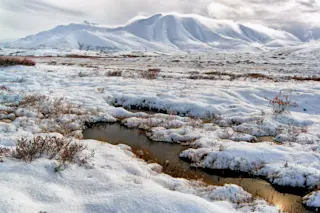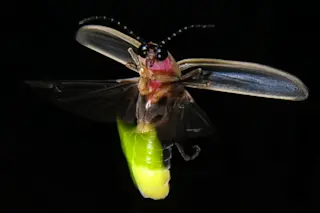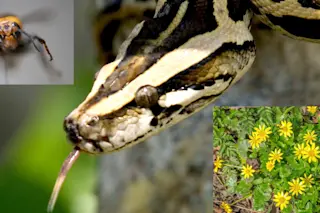The brutal consequences of climate change in California, the record-breaking heatwaves, droughts, and wildfires have been well documented. But sadly the climate crisis has also taken a terrible, if more hidden, toll on California’s marine ecosystems.
Marine heatwaves in 2014 and 2015 both stressed kelp forests (which need colder water to thrive) and further fueled sea star wasting disease which had begun in 2013 and which would ultimately result in the largest marine extinction event in modern history. Untold billions of sea stars (or starfish) from at least 20 species, disappeared from the entire Pacific coast from Alaska down to Mexico. Enormous sunflower sea stars, now functionally extinct in California, were a major predator for sea urchins and in their absence, the urchin populations exploded.
When no longer restrained by predation, urchins, a voracious herbivore, moved out of their former rock crevice habitats and laid waste to kelp forests already ...














